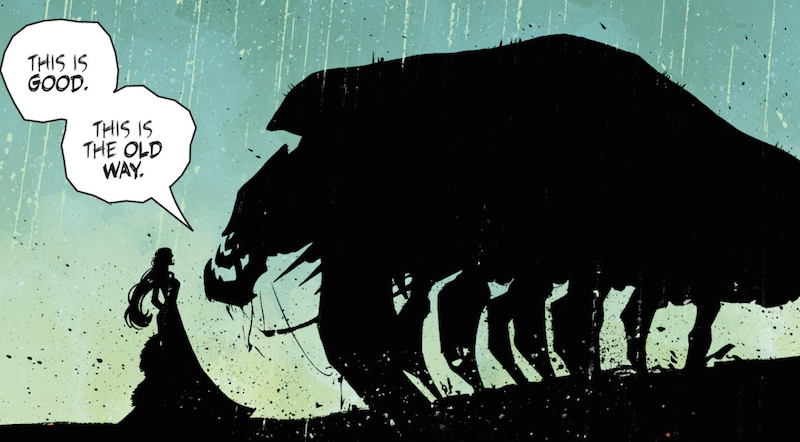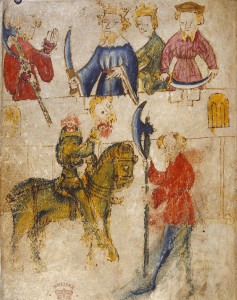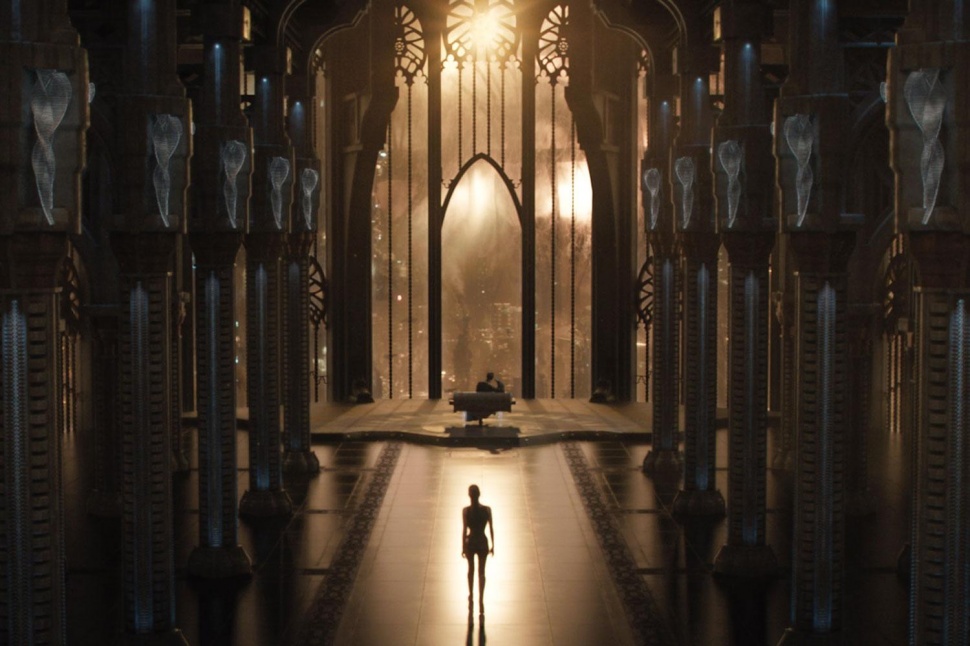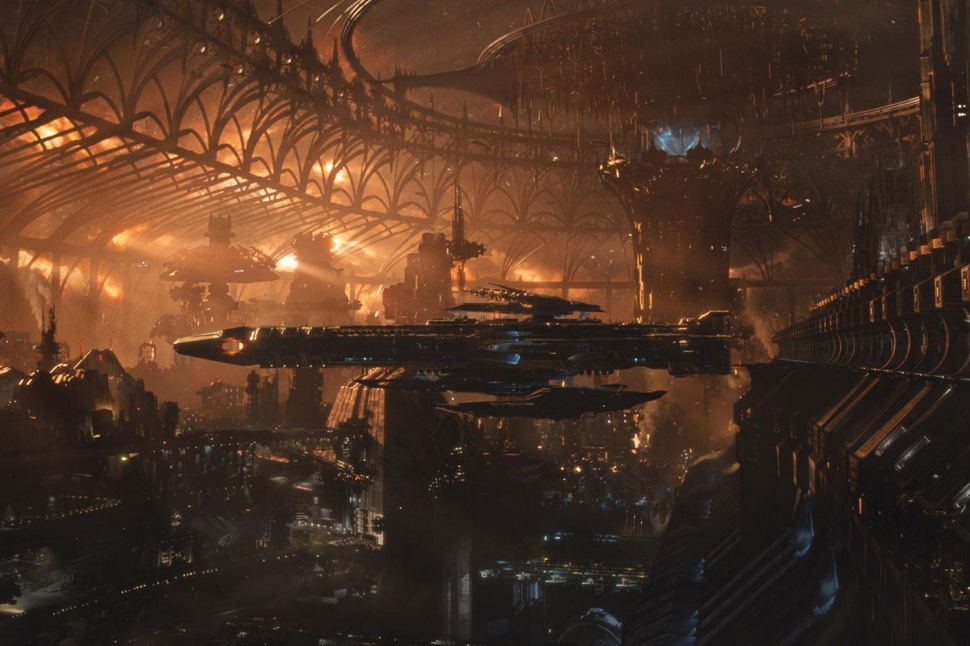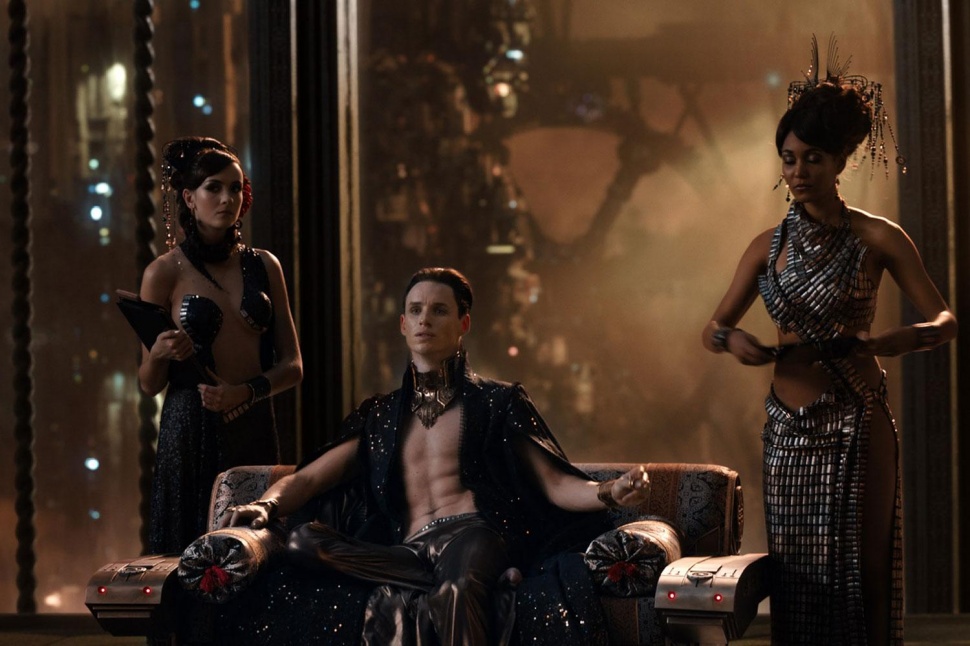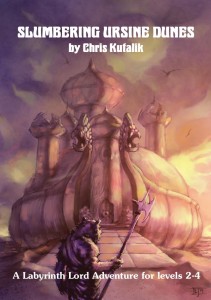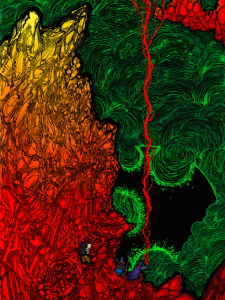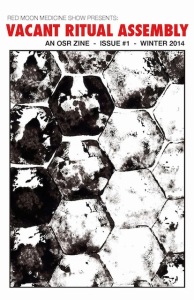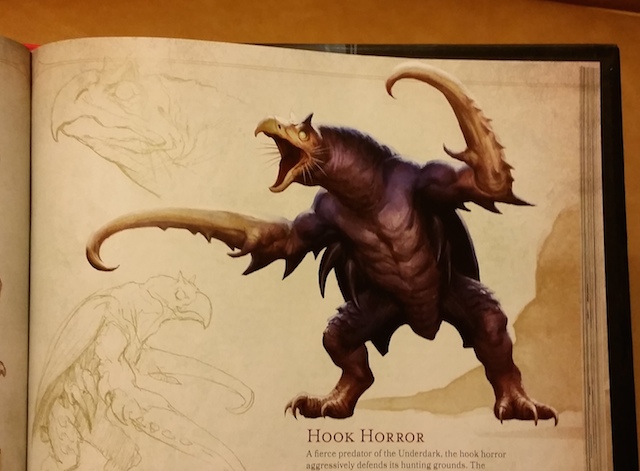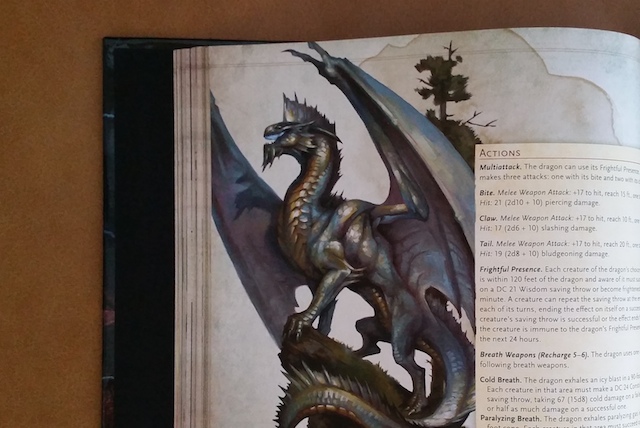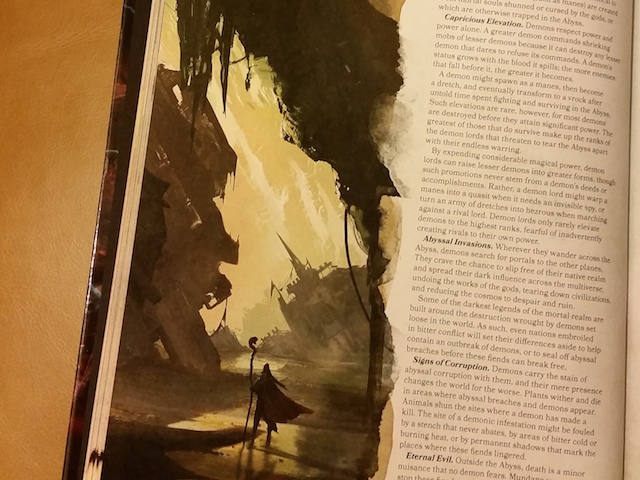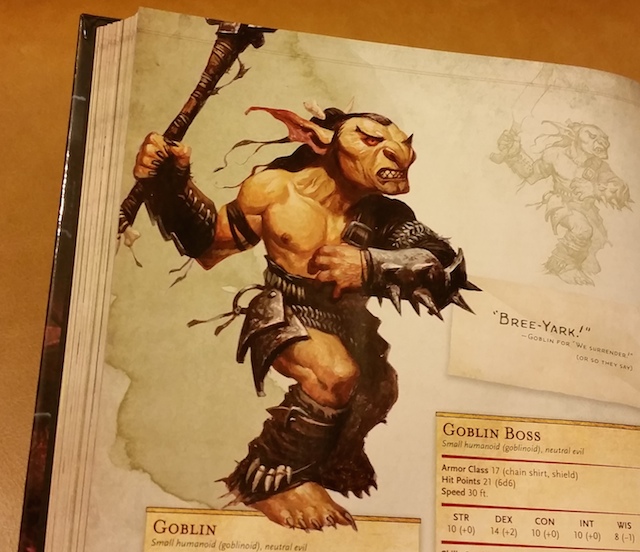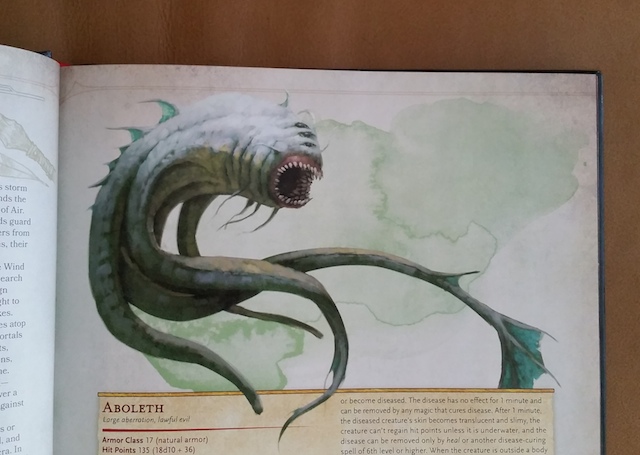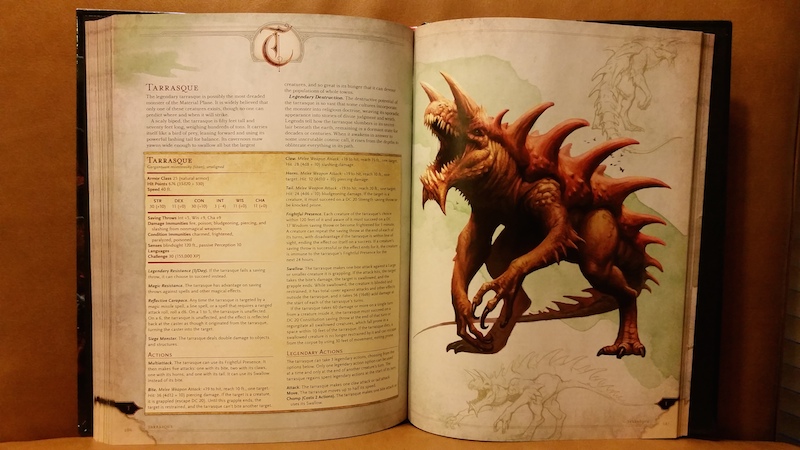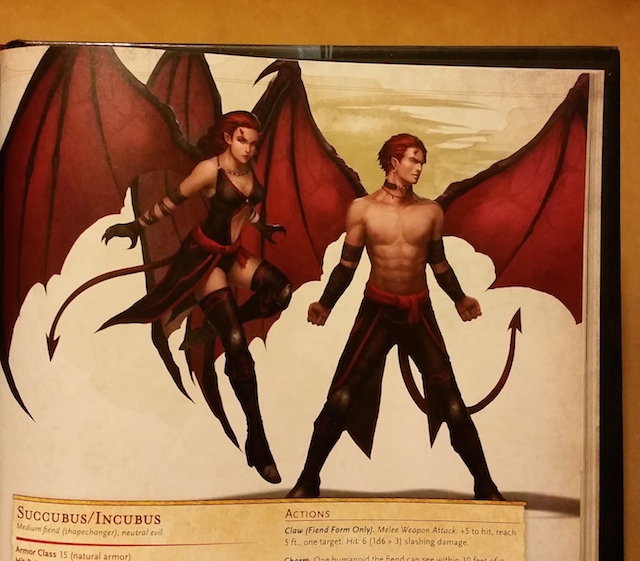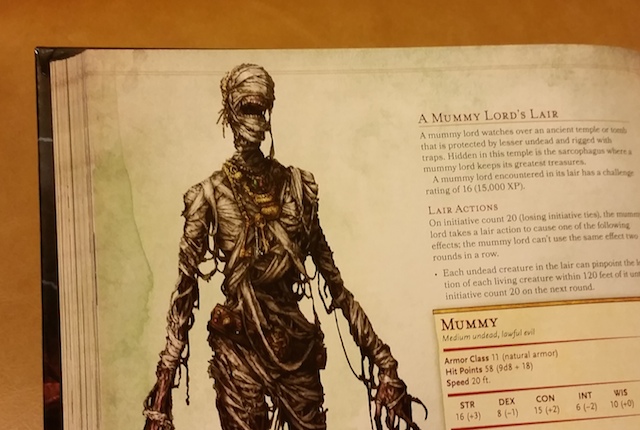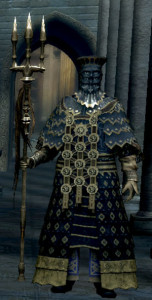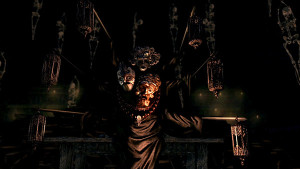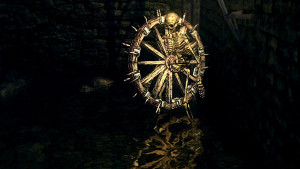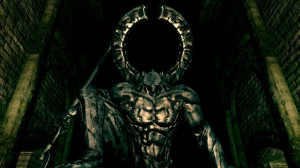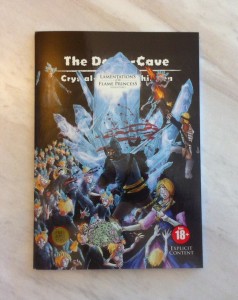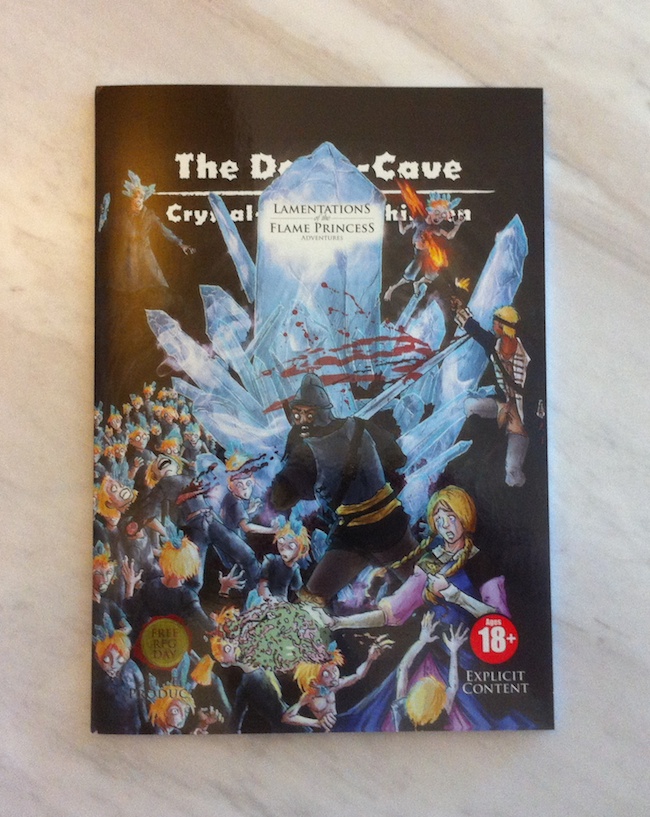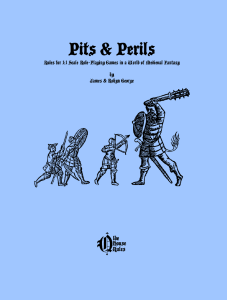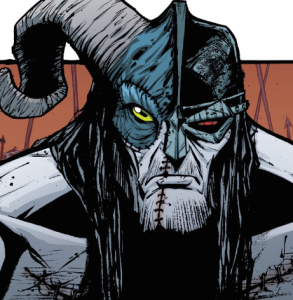 It is hard to say too much about Helheim without spoiling the story, so I will keep this brief. First, I liked it. It is a relatively self-contained story with an engaging, vaguely Norse setting that focuses on an undead warrior and some witches. (What more could you want?) The art is a bit photoshop for my taste (flat in both color and line), but it gets the story across just fine and has some creative character visuals. The setup would work nicely for a small faction-based overland adventure. The depiction of the supernatural is good too; recognizable but not cliche. Overall, recommended.
It is hard to say too much about Helheim without spoiling the story, so I will keep this brief. First, I liked it. It is a relatively self-contained story with an engaging, vaguely Norse setting that focuses on an undead warrior and some witches. (What more could you want?) The art is a bit photoshop for my taste (flat in both color and line), but it gets the story across just fine and has some creative character visuals. The setup would work nicely for a small faction-based overland adventure. The depiction of the supernatural is good too; recognizable but not cliche. Overall, recommended.
You can get it at Comixology, and notably the publisher has enabled DRM-free access to PDF and CBZ formats. Just checking that, it looks like there is a followup series, Brides of Helheim, but the collected edition is not out yet and I have not read it. Helheim is by Cullen Bunn and Joëlle Jones. You can find more info about Cullen Bunn at his site. He’s also behind The Sixth Gun.
Here is a PDF version of the class detailed below.
Helheim class
- HD, attack, save, and XP as fighter
- Benefits: toughness (damage reduction), body augmentation, undeath
- Drawbacks: recovery and charisma loss, stench, no missile weapons
A helheim is a zombie raised from the body of a hero or person with otherwise exceptional will. Such zombies are often employed by witches as enforcers of curses or avengers. Sometimes, the witch’s necromancy is not sufficient to fully dominate the creature, however, and the helheim becomes free.
Toughness: Helheims ignore 3 points of damage from mundane weapons, including claws and teeth. Each time a helheim suffers damage, they lose one point of charisma permanently. These points never return, and represent the descent of the helheim into a mass of patchwork, stitched flesh.
Augmentation: As helheims grow in power, they may incorporate body parts from defeated foes. For each experience level, a helheim can incorporate one special body part. Such parts may be added or replaced during downtime with surgery, but only from fresh bodies slain by the helheim’s own hand in combat. The remains of an execution will not do, being tainted by passivity and oppression, the qualities most inimical to a zombie-creature’s autonomy. Incorporated parts may grant additional capabilities. For example, a harpy’s wings might grant awkward flight. Actual abilities may be less literal, however, as negotiated between player and referee. Any powers granted should be determined with an eye toward maintaining future challenge within the game.
Undeath: Helheims do not need to eat or breathe, but they must periodically fall into reverie, much like sleep, to retain their humanity. Otherwise, the helheim will slip back into a partially catatonic state waiting for necromantic commands.
Recovery: Helheims do not recover as normal. Instead, damaged limbs or body parts must be physically stitched back together or replaced. Any necromancer or mundane surgeon can accomplish this task, but a helheim may not repair themselves without assistance.
Stench: The stink of the grave is never entirely absent from a helheim, as the zombie body is continually rotting from the flux of necromantic energy. This stench makes it impossible for a helheim to surprise enemies with a sense of smell unless chaotic circumstances would make such senses useless.
Weapons: For all their great strength, a helheim’s motor control and visual acuity are crude. Though they can use thrown weapons such as daggers and small axes, they cannot effectively use missile weapons. Beyond several hundred feet their undead eyes perceive only a phantasmagoric riot of swampy color.
The helheim class is suitable either for new first level characters or as an option for deceased player characters raised from the dead.

